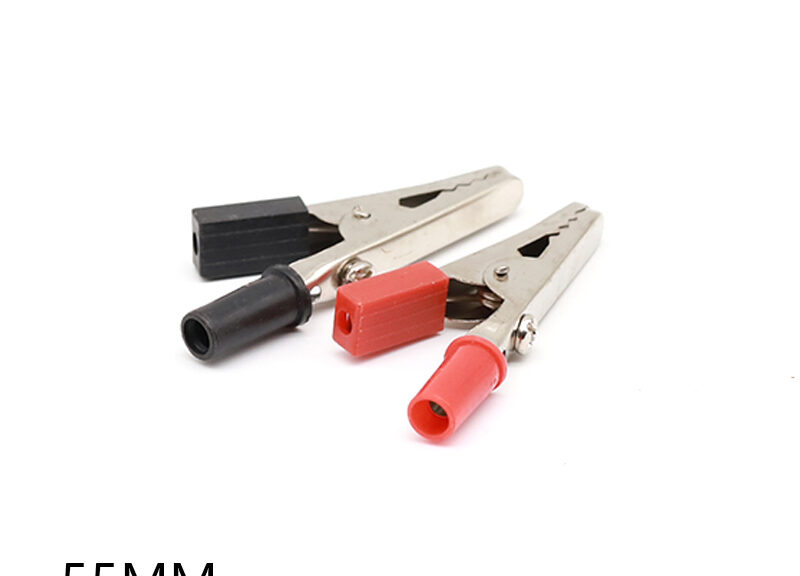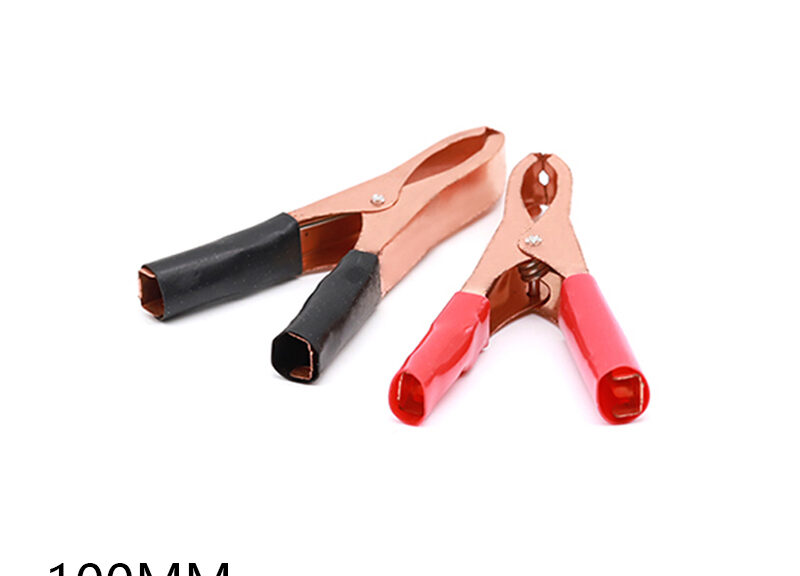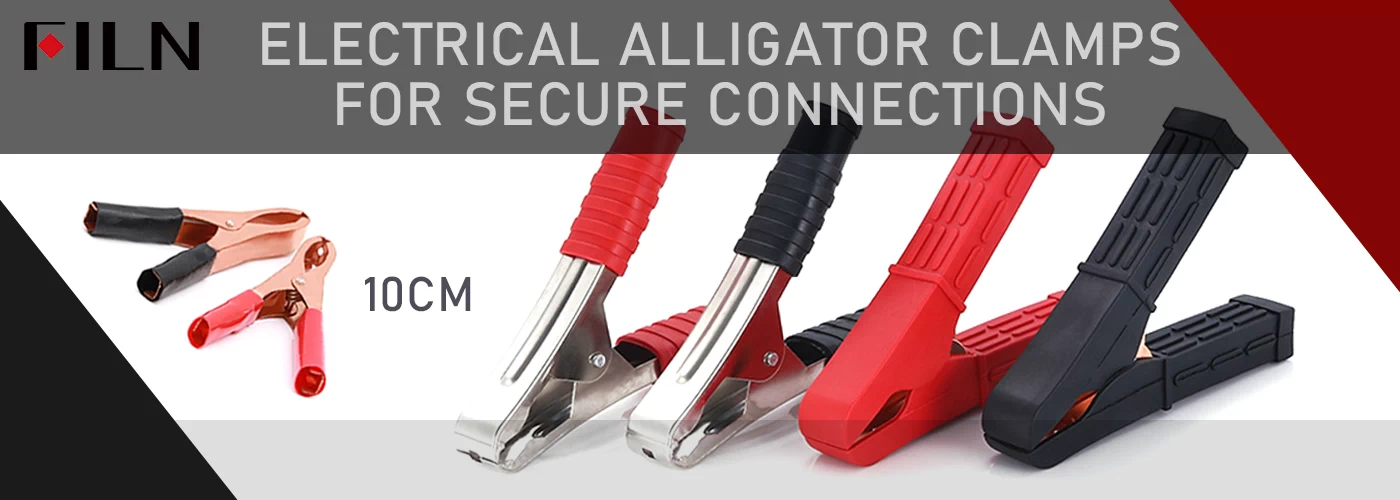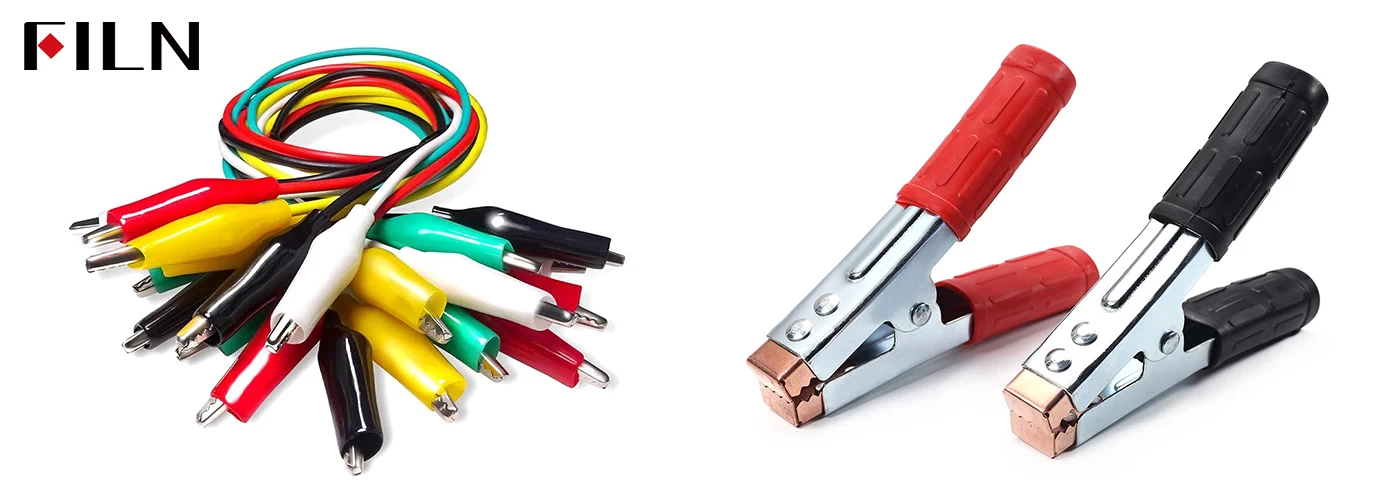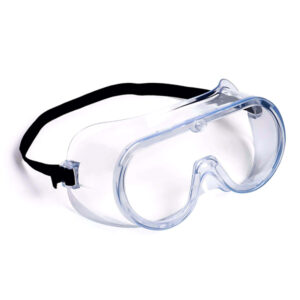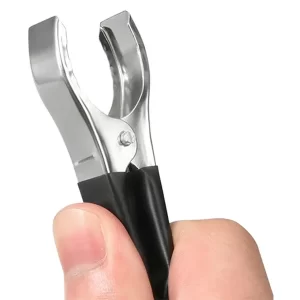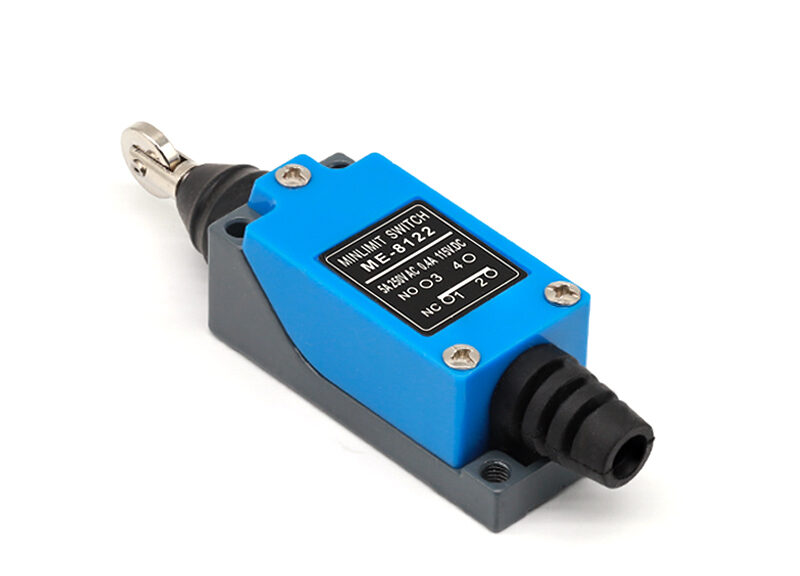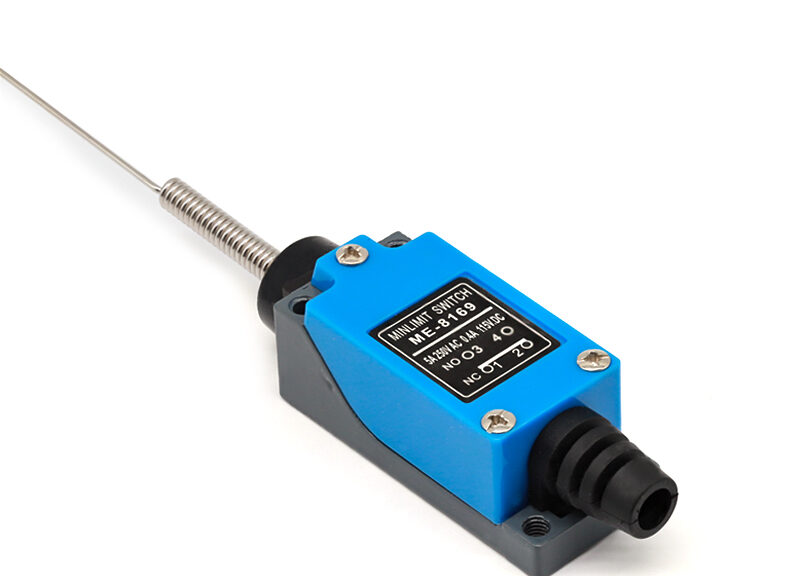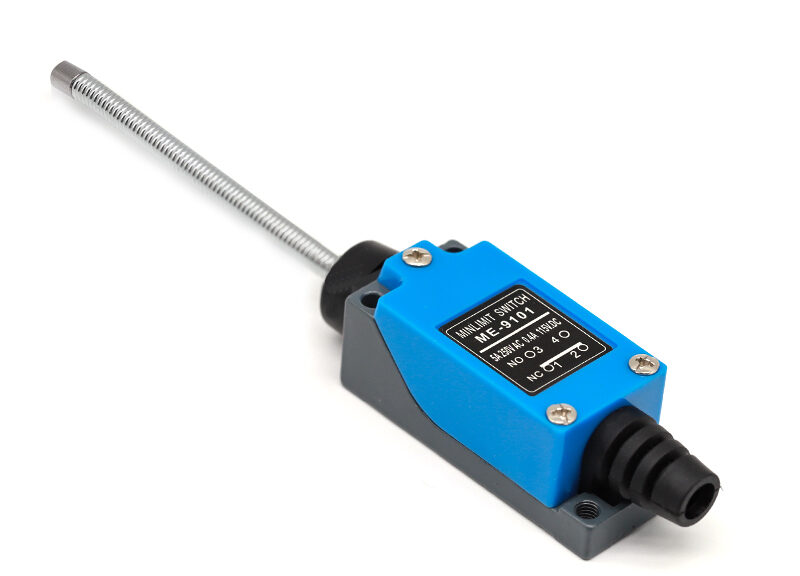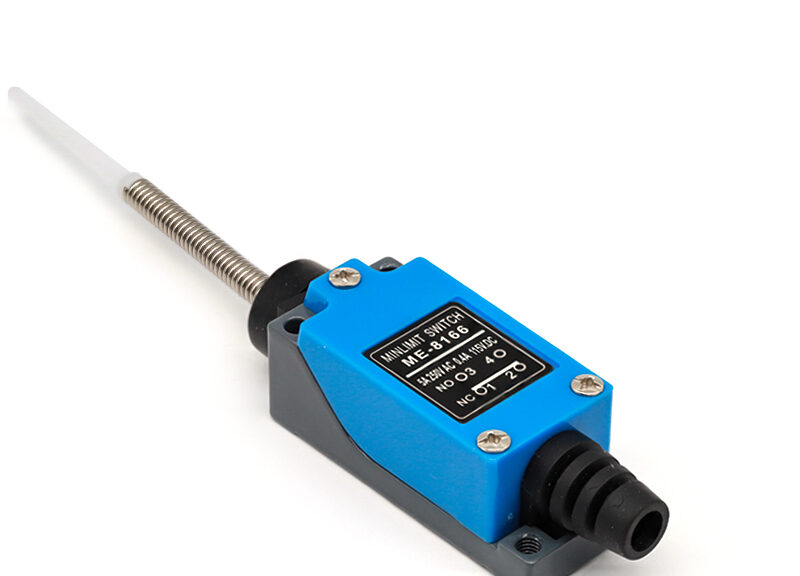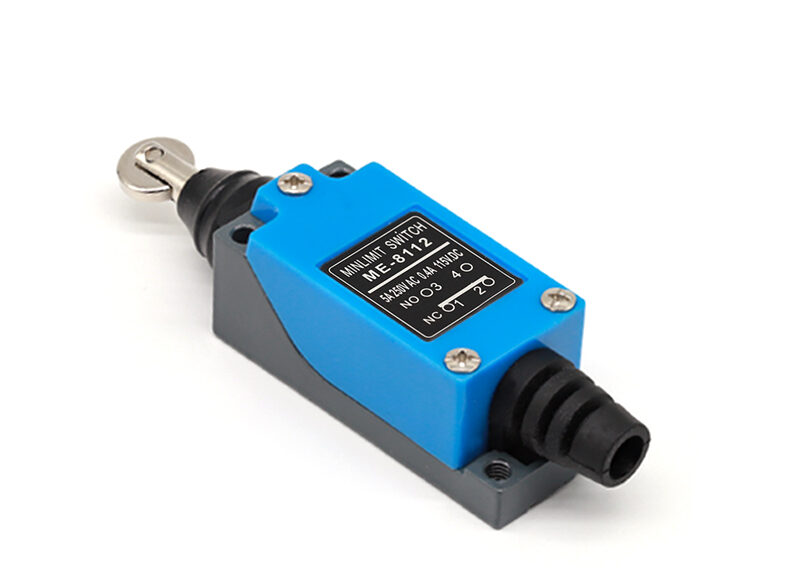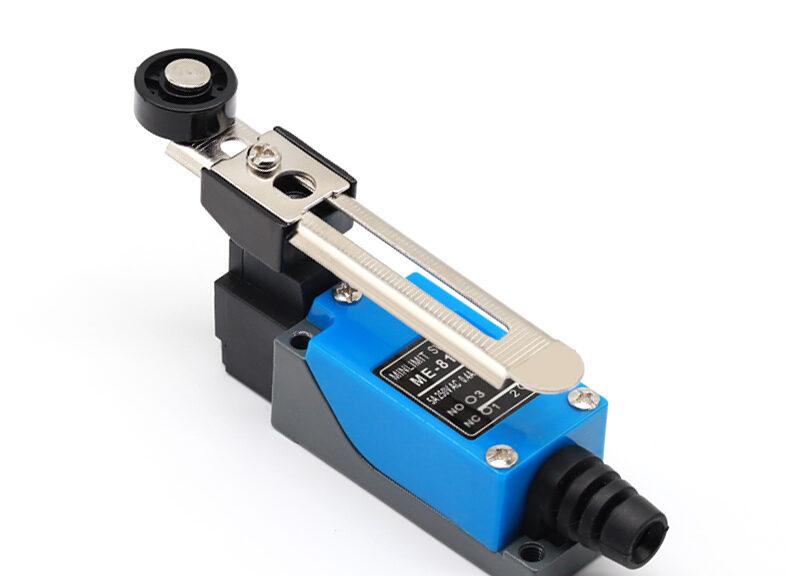The Ultimate Guide to Electrical Alligator Clips and Their Key Roles in Electrical Connectivity
In the realm of electrical projects and diagnostics, alligator clips electrical stand as an indispensable tool for professionals and hobbyists alike. Known for their simple, yet effective design, these clips offer unparalleled ease of use and reliability for creating temporary electrical connections. This comprehensive guide delves into the various types of alligator clips, including electrical alligator clip leads, alligator clip electrical connectors, electrical alligator clip wires, electric alligator clip cables, and alligator clip electrical test leads, highlighting their applications and benefits in the electrical field.
Understanding Alligator Clips Electrical
Alligator clips electrical are versatile devices used to establish a temporary or semi-permanent connection between a wire and an electrical conductor. Named for their resemblance to an alligator’s jaws, these clips are spring-loaded to ensure a firm grip on conductors, providing a convenient and reliable method for testing, prototyping, or temporarily powering devices.

Product Parameters:
| Length | 5.5CM |
| Material | Metal, Copper |
| Copper Material | High conductivity |
| Safe | rated voltage, shock-resistant rubber |
| Durable | Rust, corrosion, and oxidation-resistant |
| Color Coded | Black,red |
| Versatile | Suitable for various electrical applications |
Related products:
Types and Uses of Alligator Clips in Electrical Work
- Electrical Alligator Clip Leads
Electrical alligator clip leads are essential for testing circuits without the need for soldering or permanent alterations. These leads are often used with multimeters or other testing equipment to measure voltage, current, or resistance across various points in a circuit, making them invaluable for troubleshooting and repair work.
- Alligator Clip Electrical Connectors
Alligator clip electrical connectors play a critical role in establishing quick and stable connections. Their design allows for easy attachment to terminals, wires, and components, facilitating rapid prototyping or adjustments in electronic projects and electrical systems.
- Electrical Alligator Clip Wires
Quality electrical alligator clip wires are fundamental for transmitting power or signals with minimal loss or interference. These wires must be chosen carefully based on the current they will carry and the environment in which they will be used, ensuring safety and efficiency in electrical tasks.
- Electric Alligator Clip Cables
Electric alligator clip cables extend the versatility of alligator clips by offering longer lengths for connections that require distance, like automotive tests or remote power applications. These cables are typically insulated to prevent short circuits and are rugged enough to withstand various environmental conditions.
- Alligator Clip Electrical Test Leads
Alligator clip electrical test leads are specially designed for use with electronic testing equipment. They are essential for accurately measuring electrical properties in circuits and components. High-quality test leads ensure that readings are precise and reliable, which is critical for diagnosing issues or verifying circuit operation.
Variants of Alligator Clamps: From Basic to Specialized Needs
While the standard Alligator clamps electrical are known for their simplicity, the market offers a range of specialized alligator clamp connectors designed to cater to specific tasks. Electric alligator clamps often feature insulated bodies that prevent accidental short circuits when dealing with live circuits. Meanwhile, alligator clamp wires are typically found in jumper wire sets and come in various lengths and gauges to handle different currents and facilitate circuit prototyping.
In environments where durability is critical, alligator clamp cables are engineered to withstand high current loads and harsh conditions, oftentimes being shielded with heavy-duty rubber or silicone. These particular clamps ensure a stable and safe connection even in the most demanding electrical projects.
Selecting the Right Alligator Clips for Your Needs
- Current and Voltage Rating: Ensure the alligator clips and leads are rated for the current and voltage you’ll be working with.
- Material: Look for clips made from conductive materials like copper or nickel-plated steel for optimal conductivity and durability.
- Insulation: Insulated alligator clips are preferable for most applications to protect against accidental shorts and electrical shock.
- Jaw Opening and Pressure: Select clips that can firmly grip your test points without causing damage.

alligator clamps electrical Price Analysis
A thorough search is critical when understanding the pricing of the products you need. The following article follows a quick search, in-depth analysis of the approximate price range of the upper Alligator Clips on each website.
- 1.Indicatorlight.com
- 2.OMCH
- 3.Amazon.com
- 4.Filn online store:www.cnfiln.com
Please note: The above prices are approximate prices and may vary depending on the specific seller, quantity, and any additional functionality or specifications of the alligator clips electrical. It is recommended to visit the appropriate website or contact the seller directly to obtain accurate and up-to-date pricing information on the alligator clips electrical.
Conclusion
Alligator clips electrical are a cornerstone in the toolkit of anyone dealing with electronics or electrical systems. Their versatility, ease of use, and reliability make them ideal for a wide range of applications, from simple home repairs to complex industrial diagnostics. By understanding the types and uses of electrical alligator clip leads, connectors, wires, cables, and test leads, professionals and enthusiasts can enhance the efficiency, safety, and effectiveness of their electrical work.
Armed with the right alligator clips and knowledge of their application, you can tackle any electrical project with confidence, knowing you have the tools required for accurate testing and safe, temporary connections. Whether you’re a seasoned electrician or an aspiring tinkerer, embracing the utility and functionality of alligator clips will undoubtedly electrify your electrical endeavors.

